Summer’s here – the season that poses the perfect opportunity for a road trip. It’s time to pack your bags, throw on your sunglasses and fill up the gas tank en route to the beach. But while you might be trying to leave the worries of life behind, you still need to take precautionary measures before getting on the highway.
It’s common to assume winter is the most dangerous season, due to its harsh weather and poor driving conditions. But it turns out that summer has it beat, and that’s because of its high levels of traffic and congested roadways. According to the Insurance Institute for Highway Safety and Highway Loss Data Institute, the number of motor vehicle crash deaths that occurred in summer 2014 amounted to 8,796, while the number was only 7,248 in winter.
If you plan to hit the road during the summer driving season, just be sure to follow these safety tips:
1. Check your tires
Do you want to stay safe and save money while you’re on the road? Then The Huffington Post suggested checking your tires before you take off. Tires that are well-maintained can keep you from experiencing a potential breakdown, all while improving your handling and fuel efficiency. Make sure the air pressure levels in your tires always follow the manufacturer’s recommendation – this can actually increase your fuel efficiency by one mile per gallon! Just be cautious and take your car to the auto shop. The maintenance workers can take a look at your tires and let you know if they’re good to go.
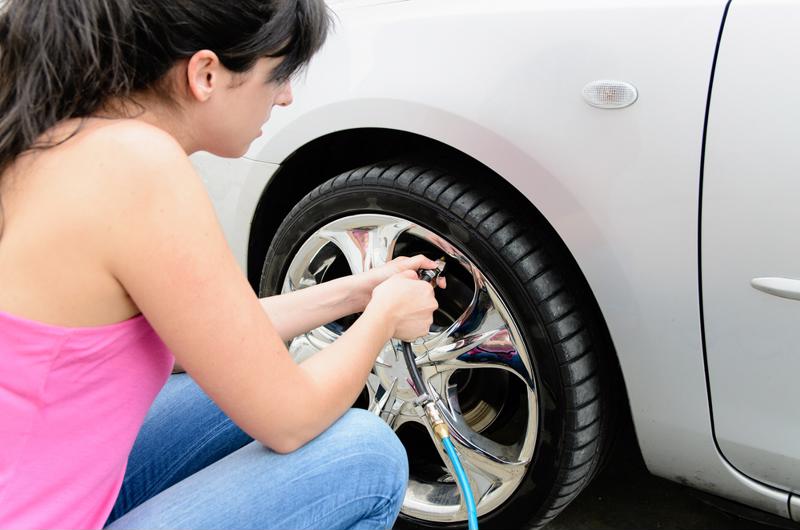 Make sure the air pressure levels in your tires match the manufacturer’s suggestion.
Make sure the air pressure levels in your tires match the manufacturer’s suggestion.2. Pack the car accordingly
You might be inclined to take your entire wardrobe on the trip, but you need to keep your limited space in mind. Your friends and family need some of the cargo room, too! Packing too much could be bad for your car – exceeding the payload capacity can cause the cabin to drop and ultimately damage your vehicle. If you think you’ve overdone it with the luggage, consider weighing your bags and then check the owner’s manual for information on maximum weight your vehicle can carry.
3. Stay focused on the road
Once you’ve buckled up, put the key in the ignition and set the radio station, make sure you’re staying completely focused on the road. For starters, the California Office of Traffic Safety suggested staying off your phone – even hands free – while you’re driving, both talking and texting. If you need to make an important call or send an urgent message, wait until you reach a rest stop.
“Take stops along the route.”
If you’re starting to feel tired while driving, ask one of the other passengers to take a shift. This can help you avoid fatigue and reduce your risk of falling asleep at the wheel. Also, make sure you have time set aside to take frequent stops along the route. This gives everyone the chance to get up and stretch while your mind takes a break from focusing on the road.
4. Watch out for road hazards and construction zones
Between potholes created in the winter and construction projects preparing to fix them, you’re bound to run into a few hazards while you’re on the road. Just make certain you’re keeping a watchful eye out for construction zones, and always obey the signs. Almost every state increases fines for speeding or violating other traffic laws while driving through construction zones, according to the Governors Highway Safety Association, so be cautious! After all, who wants to receive a ticket on their way to the beach?
5. Keep motorcyclists in mind
During the summer, you’ll notice more motorcyclists on the road, especially traveling on the highway. Unfortunately, the Motorcycle Safety Foundation reported that over half of all fatal motorcycle crashes involve another vehicle, and the cyclist is almost never at fault. While driving to your vacation destination this summer, be especially cautious around choppers. Check your rearview mirrors carefully when changing lanes, and always be mindful when following a cyclist. Allow more distance behind the motorcycle than you normally would with a car just in case you’re in a situation that leads to slamming on your breaks.
 Always leave plenty of space when trailing behind motorcyclists.
Always leave plenty of space when trailing behind motorcyclists.6. Keep your children entertained
You might think your smartphone is your biggest distraction on the road, but your children can actually be 12 times more distracting, according to The Travelers Indemnity Company. To stay safe in the car, create entertaining diversions for your kids. Bring snacks, books and portable game consoles to keep them occupied while you drive to your destination.
7. Always buckle up
Sure, your passengers might complain that the seatbelt is uncomfortable during your long trip, but that’s no excuse to stop wearing it. As the driver, it’s crucial to make certain that everyone in the car is always buckled up while the vehicle is in motion – yourself included. Almost every state has at least a secondary law that requires seat belt use, so make sure everyone’s wearing it! It doesn’t only keep you from getting a ticket, it can also save your life.
Does your car need a tune up before you hit the road? Head to NJ Auto Auction, where one of our maintenance workers can give your car the care it deserves.



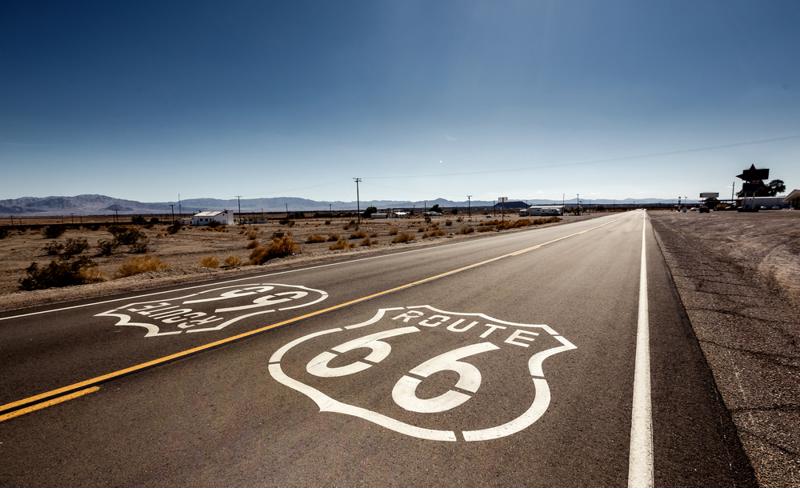 This famous route is one of America's most historic.
This famous route is one of America's most historic.
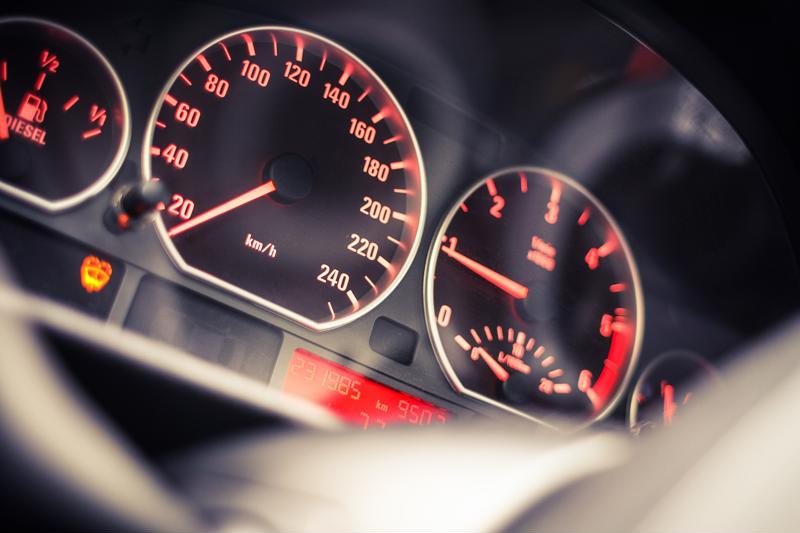 Most cars can pass 100,000 miles nowadays.
Most cars can pass 100,000 miles nowadays.
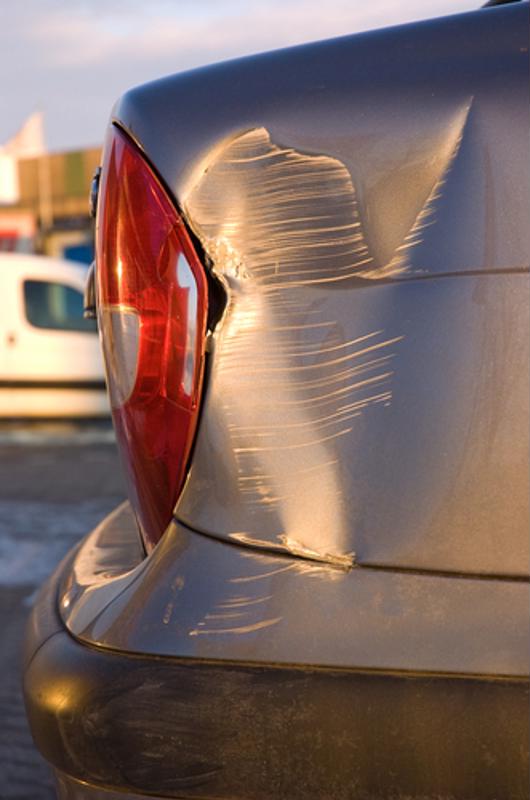 Repairing dents and scratches before putting it on the market could determine it's likeliness of selling.
Repairing dents and scratches before putting it on the market could determine it's likeliness of selling.
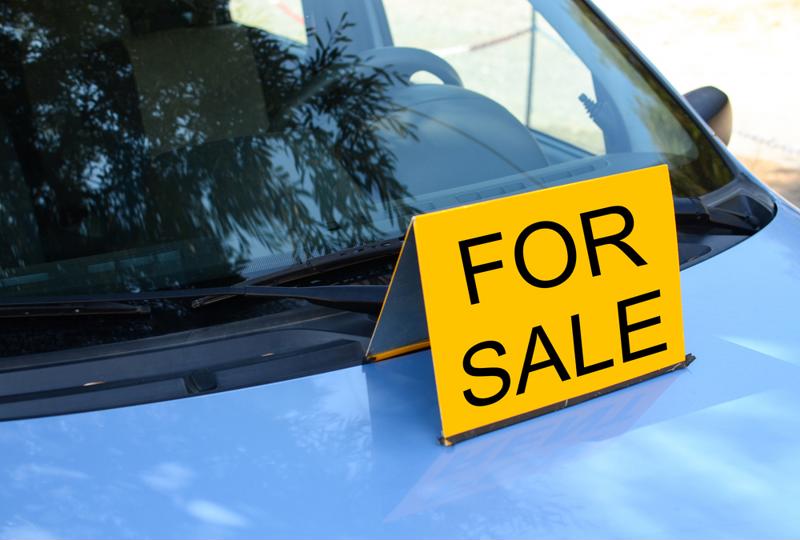 By inspecting the car thoroughly and using your best judgment, you can lower your risk of getting stuck with a lemon.
By inspecting the car thoroughly and using your best judgment, you can lower your risk of getting stuck with a lemon.
 Buying your first car is an exciting experience, especially when you make an informed purchase.
Buying your first car is an exciting experience, especially when you make an informed purchase.
 Asking these questions will help you get the best used car in your budget.
Asking these questions will help you get the best used car in your budget.
 Check your credit score frequently to make sure your maintaining a good standing.
Check your credit score frequently to make sure your maintaining a good standing. 
 The car's scent could be signify that the salesman was trying to cover something up.
The car's scent could be signify that the salesman was trying to cover something up.
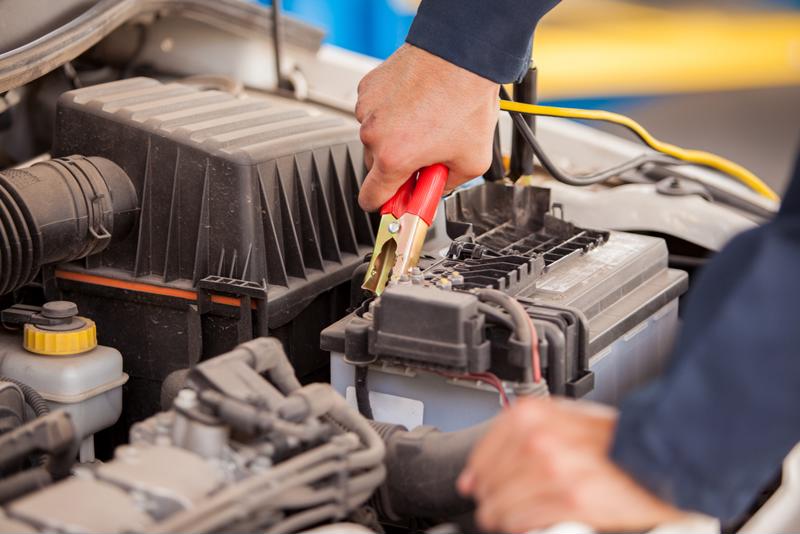 Getting someone to jump your battery is a quick fix, but not a permanent one.
Getting someone to jump your battery is a quick fix, but not a permanent one.